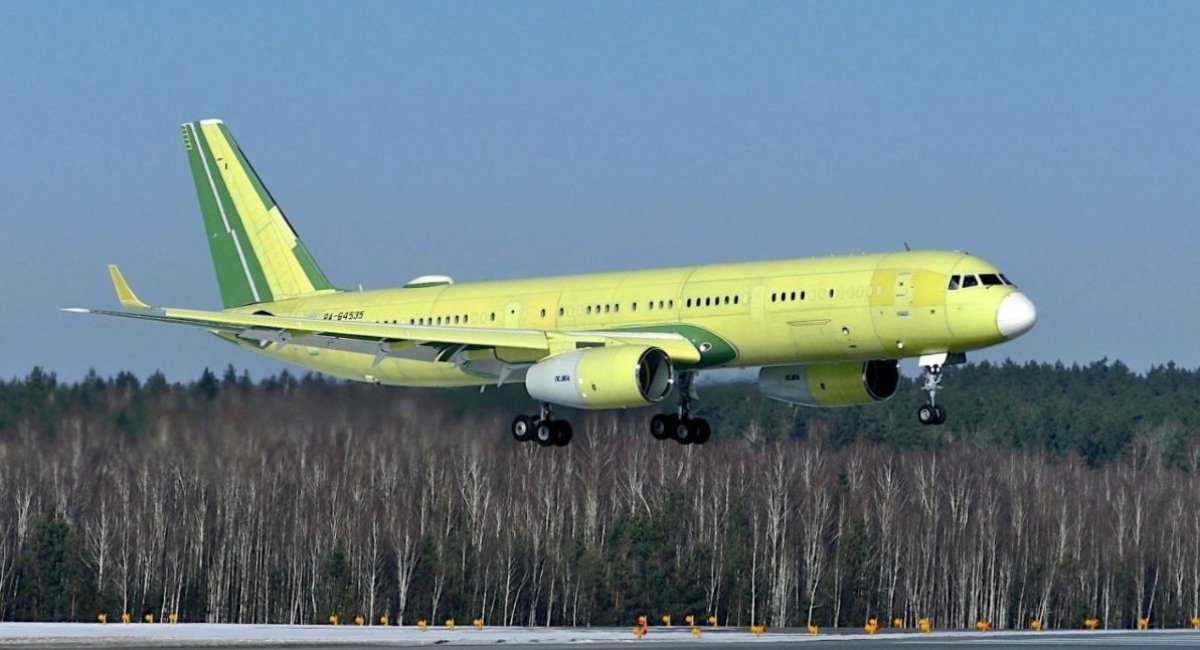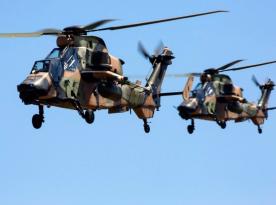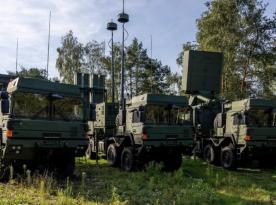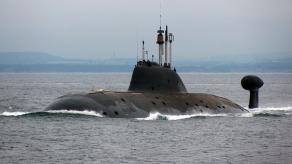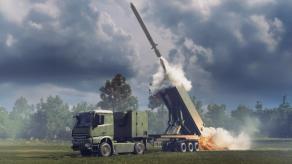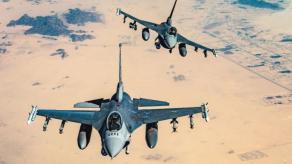Following the destruction of several strategic bombers in recent Ukrainian strikes, russian propagandists have begun floating an unlikely backup plan: converting the Tu-214 passenger jet into a "mobilization missile carrier" capable of launching the Kh-101 and Kh-22 cruise missiles. The proposal aims to compensate for heavy losses among russia's strategic aviation fleet, including the Tu-22M3, Tu-95MS, and Tu-160 units.
At first glance, the idea might appear feasible, after all, the Tu-214 aircraft is built at the same Kazan Aviation Plant responsible for the Tu-22M3 and Tu-160 units. The plant would likely welcome any expansion of its production mandate, especially amid increasing pressure on russia's defense industry. However, a closer look at the facts reveals why this proposal is more likely to remain a theoretical exercise than a practical solution.
Read more: Voronezh, Chelyabinsk, and Kozelsk Burned: Why Some russian Missile Carriers are Named After Cities

Despite its formal designation as a civilian aircraft, the Tu-214 plane has never truly functioned as a commercial airliner. Instead, it has been produced almost exclusively in niche variants, such as the Tu-214R aircraft for reconnaissance, the Tu-214ON unit for observation, and various government "special mission" aircraft. This track record already casts doubt on the aircraft's versatility or scalability as a weapons platform.
Moreover, production capacity is a serious limitation. In 2014, for instance, Kazan Aviation Plant fulfilled only 10% of its production quota for the Tu-214 airliners, delivering just two aircraft instead of the planned twenty. The aircraft are even sent abroad, to Belarus, for painting. With a goal of building 70 Tu-214 units by 2030, current manufacturing rates make that deadline highly unrealistic. Given this background, calling the Tu-214 airliners a “mobilization” platform is highly questionable.

In terms of payload, the Tu-214 aircraft might seem promising, with a maximum takeoff weight of 110.7 tons and a commercial payload of 25 tons. This is higher than the Tu-95MS aircaft's listed combat load of 20.5 tons. However, that metric alone doesn't make it a viable missile carrier. The integration of cruise missile systems like the Kh-101 (1.6 tons) or heavier Kh-22 (up to 5.8 tons) would require significant structural, electronic, and aerodynamic modifications, likely too complex and expensive for a platform never designed for that role.
Additionally, there's no public indication that the Tu-214 airliner has ever been tested or evaluated for such weapons deployment. The aircraft's systems, hardpoints, and avionics are not adapted for strategic missile operations, and the development timeline to retrofit it for that purpose would span years – time russia may not have given ongoing battlefield pressures and sanctions.
In conclusion, the idea of converting the Tu-214 aircraft into a strategic bomber substitute seems to be more of a desperate talking point than a practical military development. It reflects deeper structural problems within russia's defense-industrial complex, particularly the strain placed on production lines, the losses suffered in Ukraine, and the growing disconnect between propaganda narratives and actual capabilities.
Read more: How Ukraine's FPV Drone Attack on Tu-95, Tu-22 Bombers Exemplifies McRaven’s 1993 Playbook




